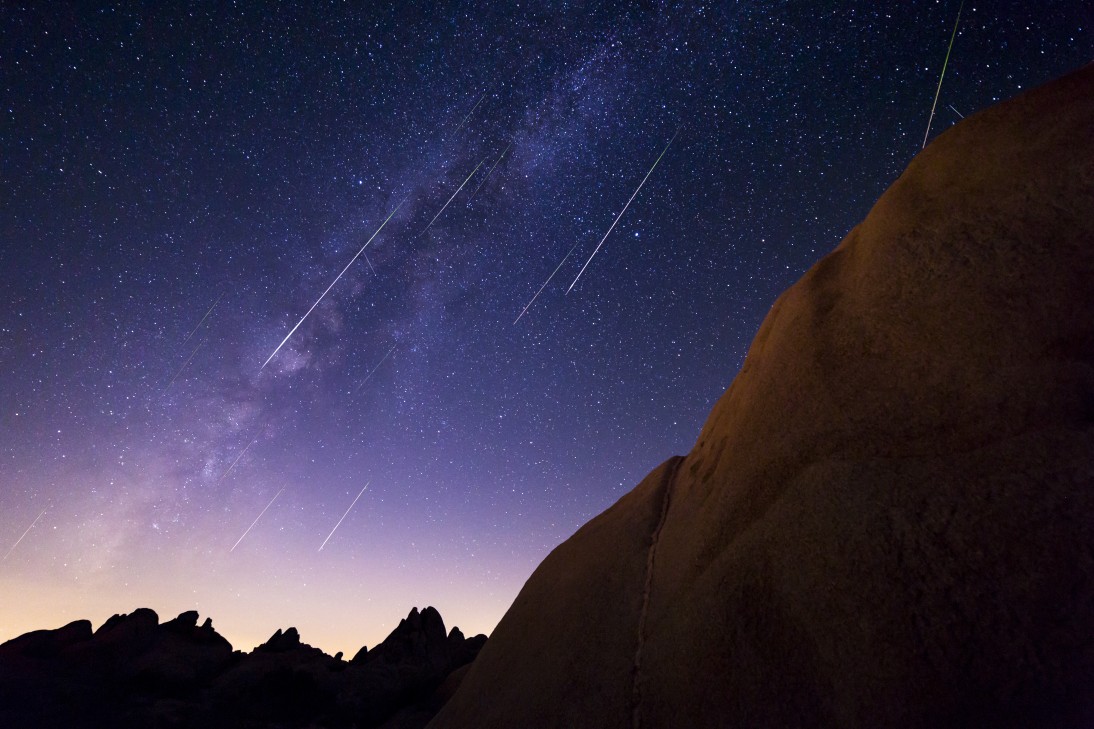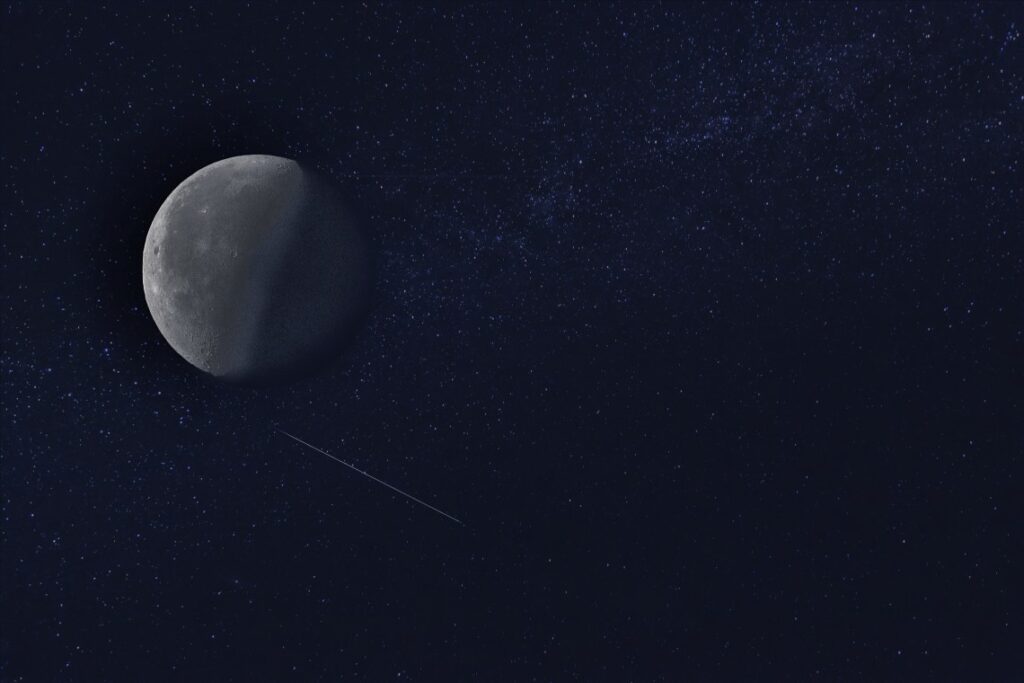
Heavy Rain, Flooding, and Chance of Severe Weather Staring Down the Southern U.S.
January 22, 2024
Posted: November 4, 2021 9:56 pm





Partial Lunar Eclipse Also on Tap in November
If you missed the pair of meteor showers from October, maybe November will be your lucky month? Many US residents missed out on the two October shows due to persistent cloud cover for the first event and the light of a full moon obscuring the view for the second shower. The eleventh month of the year features three meteor showers providing yet another set of opportunities to watch the night sky light up with shooting stars.
The Taurid meteor show is first on the docket, taking place over the first half of the month. The Southern Taurid meteor shower will deliver the highest amount of activity during the first week of the month. Conversely, the Northern Taurids will peak the following week.
Unlike some major meteor showers that feature one specific peak night, the Taurids encompass a longer range of nights. However, with this longer viewing period also come fewer meteors per hour at an average of just five. You do not need to train your eyes at any specific area of the sky to see this shower. The Taurids can appear virtually anywhere in the night sky with the peak viewing hours happening just after midnight.
The third and final meteor shower of the month will peak on Wednesday, November 17, and into early Thursday, November 18. The Leonids boast quite the history of delivering spectacular shows. During the years 1833, 1866, 1966, 1991, and 2001, this particular meteor shower offered up to 100,000 meteors per hour. Unfortunately for stargazers this year, the Leonids are only expected to produce 10 to 15 shooting stars per hour.
The other downside of this year’s Leonids is that the timing will coincide with an almost full moon. The good news is that the Leonids tend to shine brighter than some of their counterparts, hopefully acting to mitigate the obscuring posed by the bright moon.
In addition to the three meteor showers, be sure to keep an eye out for the Pleiades star cluster. This group of stars will be visible throughout the month in the eastern sky. Also known as the Seven Sisters in some astronomical circles, you can see these stars shortly after the sun sets each night. As with all stargazing opportunities, you will increase your odds of spotting them if you choose a clear night and make an effort to avoid light pollution.

Lastly, you will want to mark your calendar for November 19 and its partial lunar eclipse that will set up all over North America. While there have been numerous penumbral lunar eclipses over the last few years, it has been since January 2019 that a partial or total lunar eclipse has graced the night skies.
The November 19 partial eclipse will feature 97% of the moon passing through the shadow of the earth. While this does not qualify it as being a total lunar eclipse, it will still be a sight to see. You will need to be up in the middle of the night to see this eclipse unfold.
The November partial eclipse will be good practice for budding stargazers hoping to catch a pair of total lunar eclipses in 2022 in the US.

January 21, 2024

January 19, 2024

January 18, 2024